 Essay Writing Web
Essay Writing Web
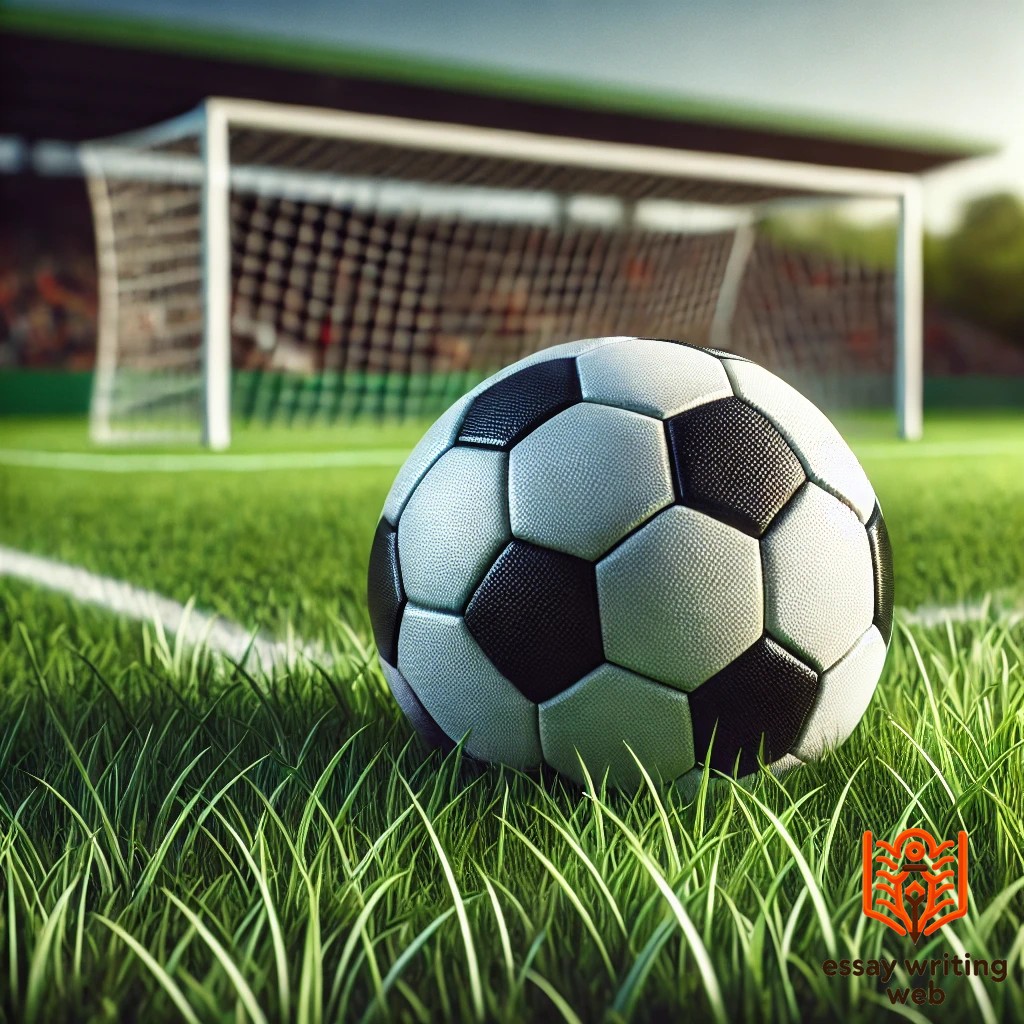
 04-09-2024
04-09-2024
 Essay Writing Web
Essay Writing Web
Football, often referred to as "the beautiful game," is the world's most popular sport, captivating millions of fans across continents with its simplicity, excitement, and universal appeal. Played in nearly every country, football transcends cultural and geographical boundaries, making it a truly global phenomenon. The origins of football can be traced back to ancient civilizations, where various forms of the game were played, but the modern version we know today began to take shape in the mid-19th century in England. The establishment of standardized rules and the formation of the Football Association in 1863 marked the birth of organized football.
At its core, football is a game of strategy, skill, and teamwork. Two teams of eleven players each compete to score goals by maneuvering a spherical ball into the opponent's net, using any part of the body except the hands and arms. The simplicity of the rules is one of the key reasons for football's widespread popularity, as it allows people of all ages and backgrounds to participate in and enjoy the game. Despite the simplicity, football is a highly tactical sport that requires players to possess a range of skills, including speed, agility, precision, and endurance.
Football's influence extends far beyond the pitch. It has become an integral part of global culture, shaping identities, communities, and even national pride. Major tournaments like the FIFA World Cup and UEFA Champions League draw massive audiences and generate intense passion among fans, uniting people from diverse backgrounds in their love for the game. Moreover, football has the power to inspire, bringing hope and joy to millions, and serving as a platform for social change and community building.
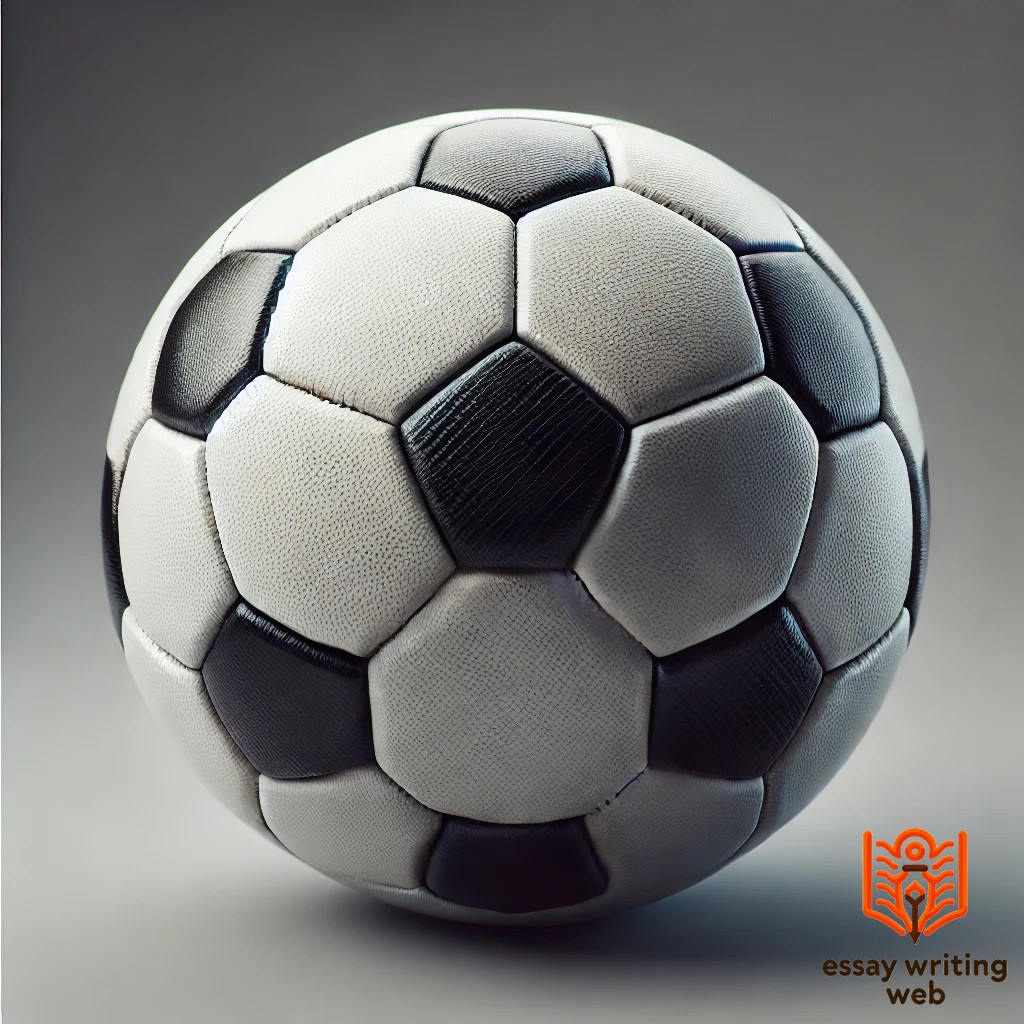
The centerpiece of the game is the football itself. A standard football is spherical, typically made from synthetic leather or other durable materials designed to withstand the rigors of the game. The ball is composed of 32 panels stitched together, with a circumference of about 68 to 70 centimeters and a weight of 410 to 450 grams. The ball's internal bladder is inflated to a specific pressure, ensuring it has the right balance between firmness and flexibility, which is crucial for both control and distance when kicked.
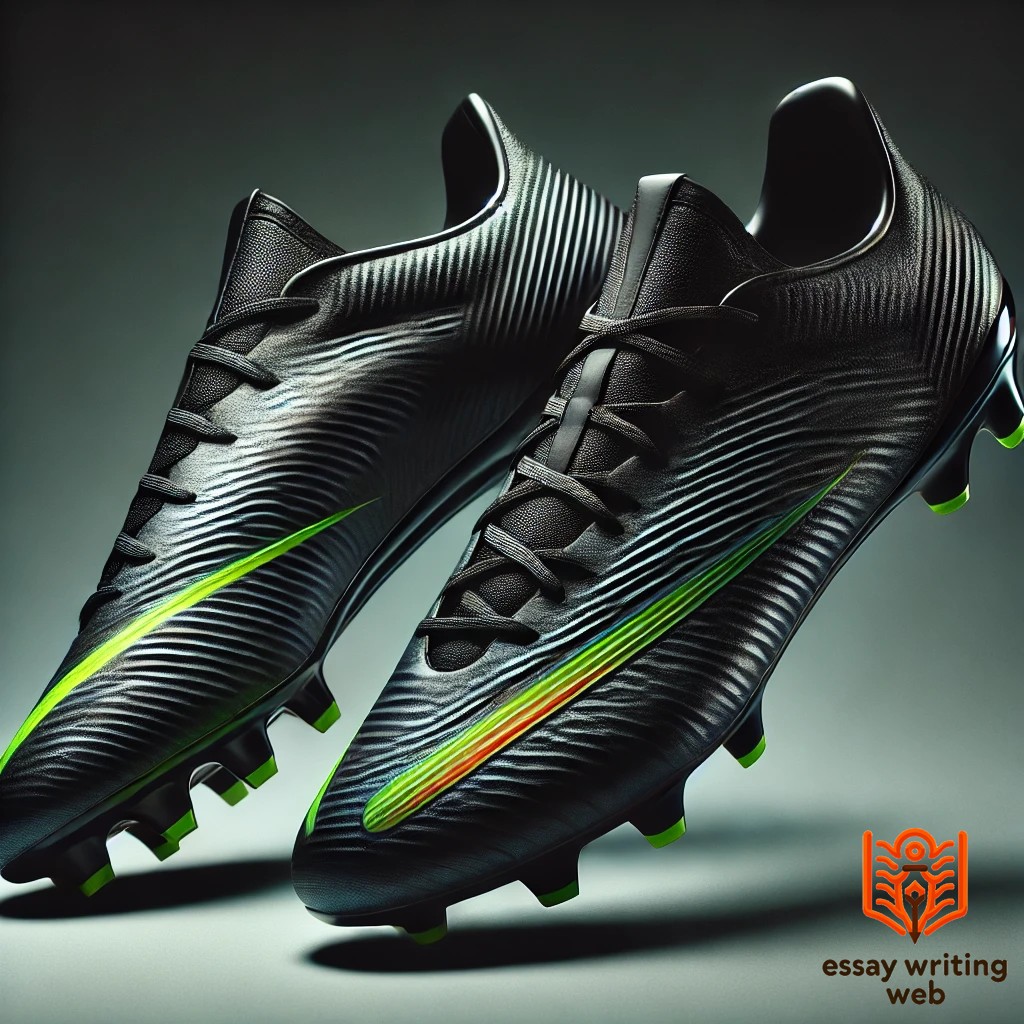
Football boots, commonly known as cleats, are designed to provide players with the necessary grip and stability on the pitch. The sole of the boot is fitted with studs, which can vary in length and material depending on the playing surface—shorter studs for firm ground and longer ones for soft or muddy conditions. The boots are typically made from leather or synthetic materials, offering a snug fit that allows for better control of the ball and agility on the field. Some modern boots also feature advanced technology, such as textured surfaces for enhanced ball grip or lightweight materials for increased speed.
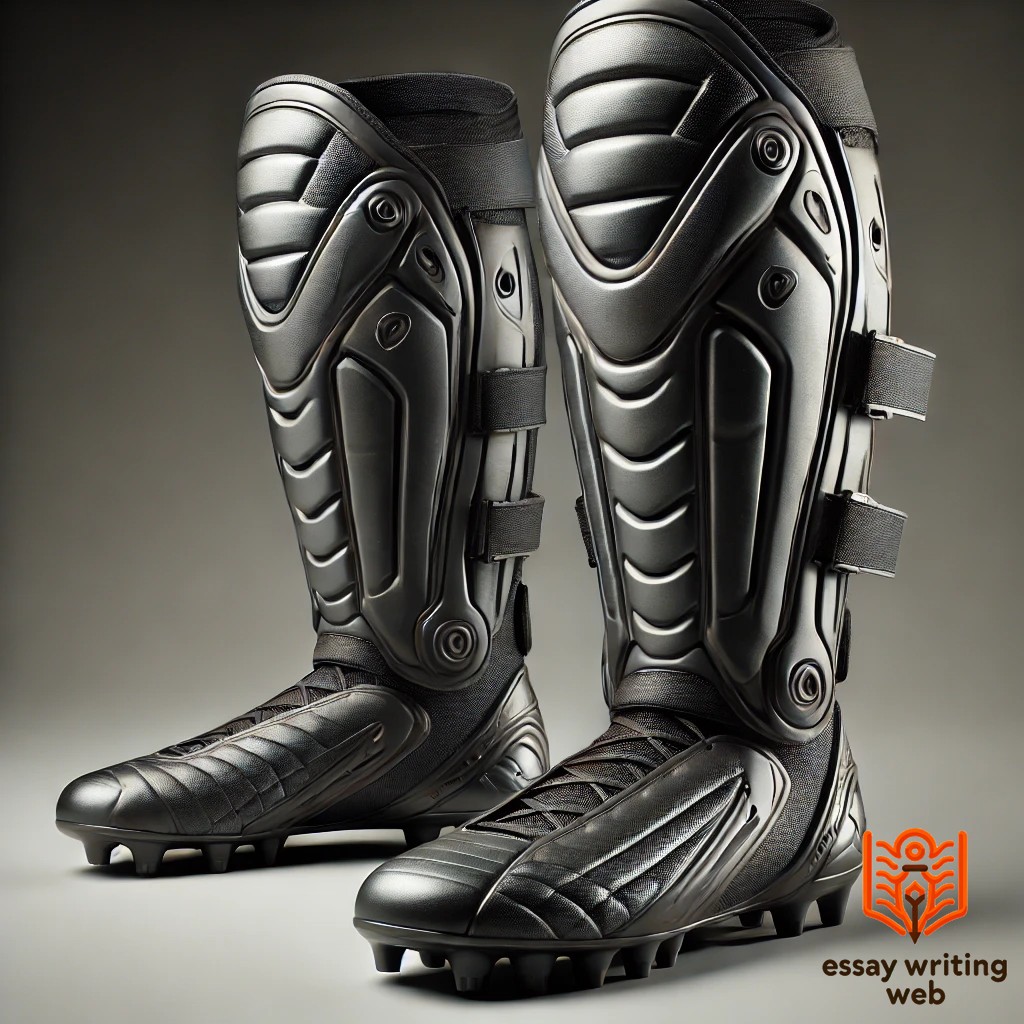
Shin guards are essential protective gear worn by players to shield their lower legs from impacts during tackles or accidental kicks. Made from materials like plastic, foam, or carbon fiber, shin guards are designed to absorb and distribute the force of a collision, reducing the risk of injury. They are secured with straps or fitted inside socks, covering the shin area from the ankle to just below the knee. The use of shin guards is mandatory in organized football, as they significantly decrease the chances of fractures and bruises.
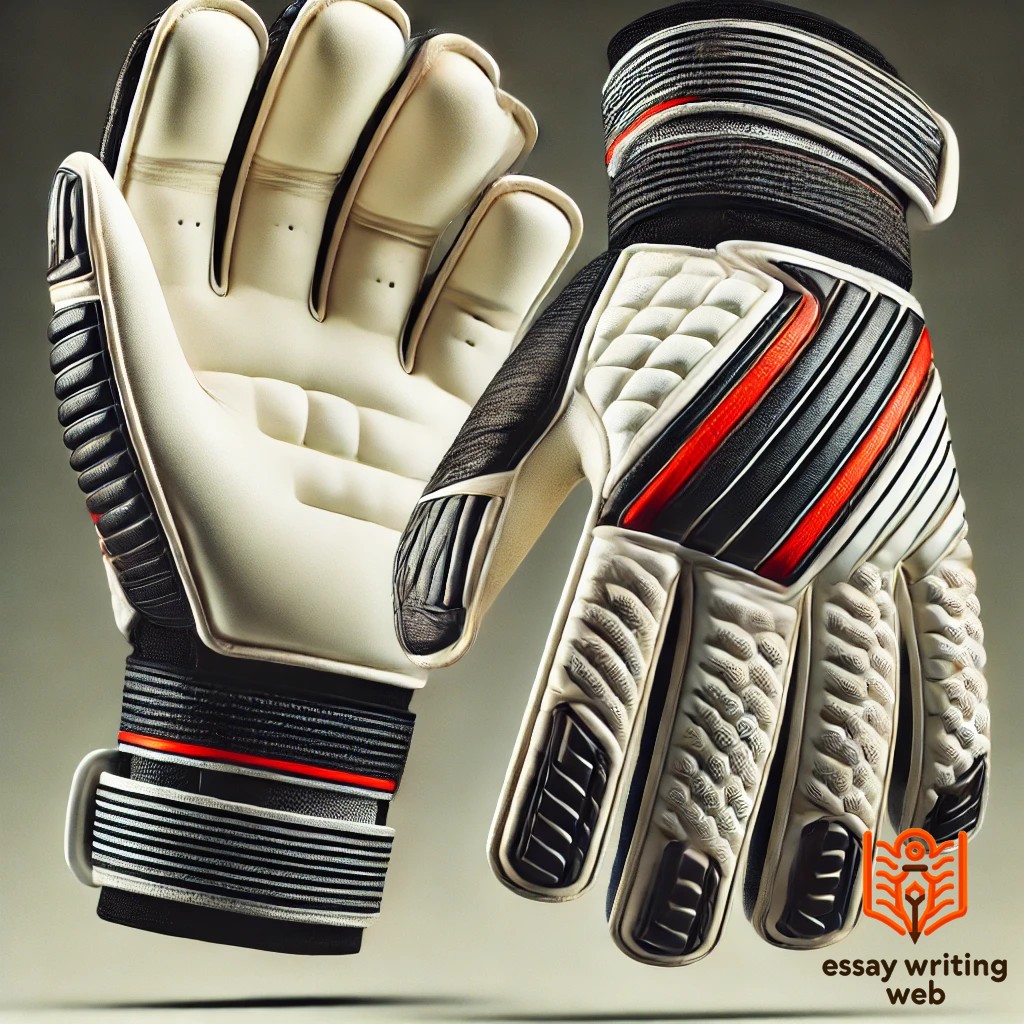
For goalkeepers, gloves are an indispensable piece of equipment. Goalkeeper gloves are designed with padded palms to protect the hands from powerful shots and provide a better grip on the ball, especially in wet conditions. The gloves often feature finger spines or additional padding to reduce the risk of finger injuries during saves. The outer layer is usually made from latex or other materials that enhance grip, while the inner lining is designed to absorb sweat and improve comfort.
-8eUkl.png)
The football kit, consisting of a jersey, shorts, and socks, is designed for comfort and ease of movement. Jerseys are made from lightweight, breathable materials that wick away sweat, helping players stay cool and dry during the game. Each player’s jersey typically displays their number and team crest. Shorts are usually made from similar materials, allowing for a full range of motion. The socks are long, often covering the shin guards, and are made from moisture-wicking fabric to keep feet dry.
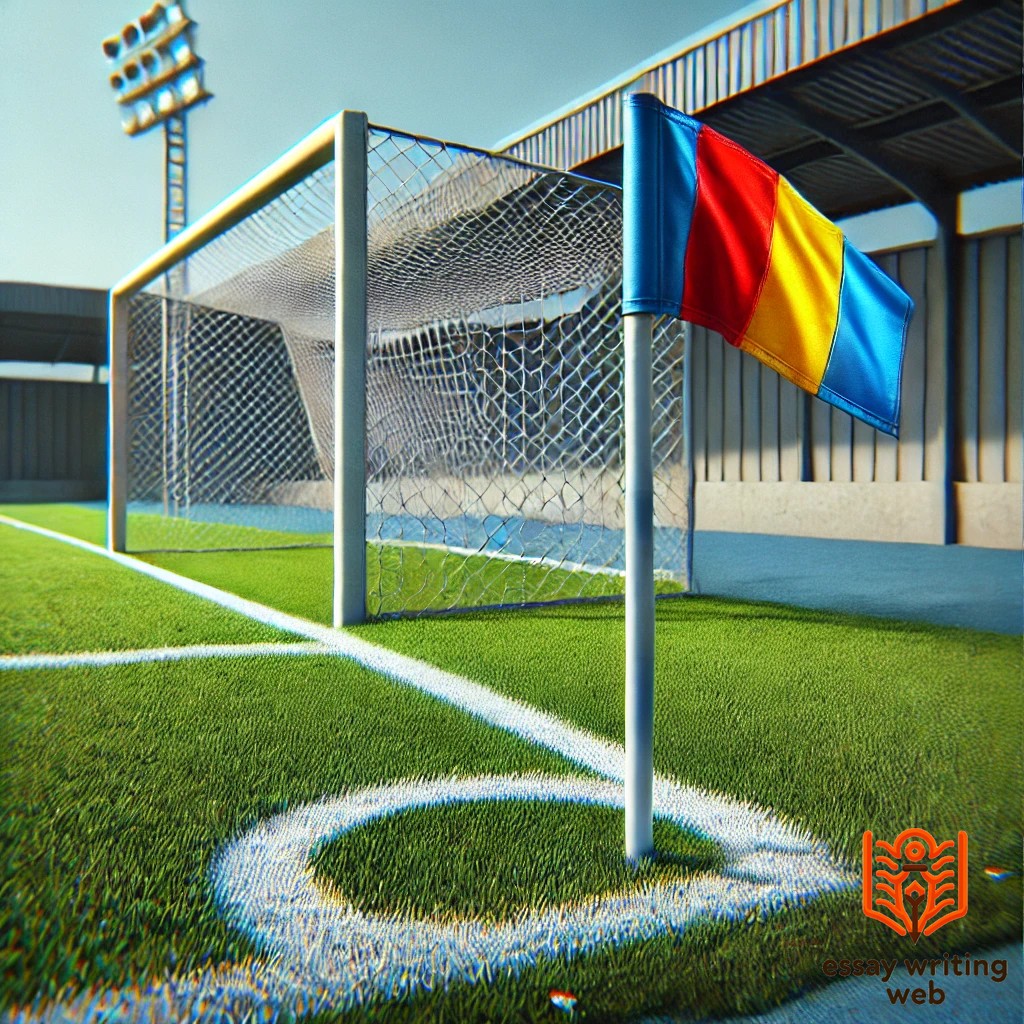
While not worn by players, corner flags and goalposts are vital pieces of equipment that define the playing area. Corner flags are placed at each of the four corners of the pitch, marking the boundaries where the ball must stay within play. Goalposts, consisting of two upright posts and a crossbar, form the goal area where points are scored. They are usually made from metal or durable plastic, and the net is attached to catch the ball when a goal is scored.
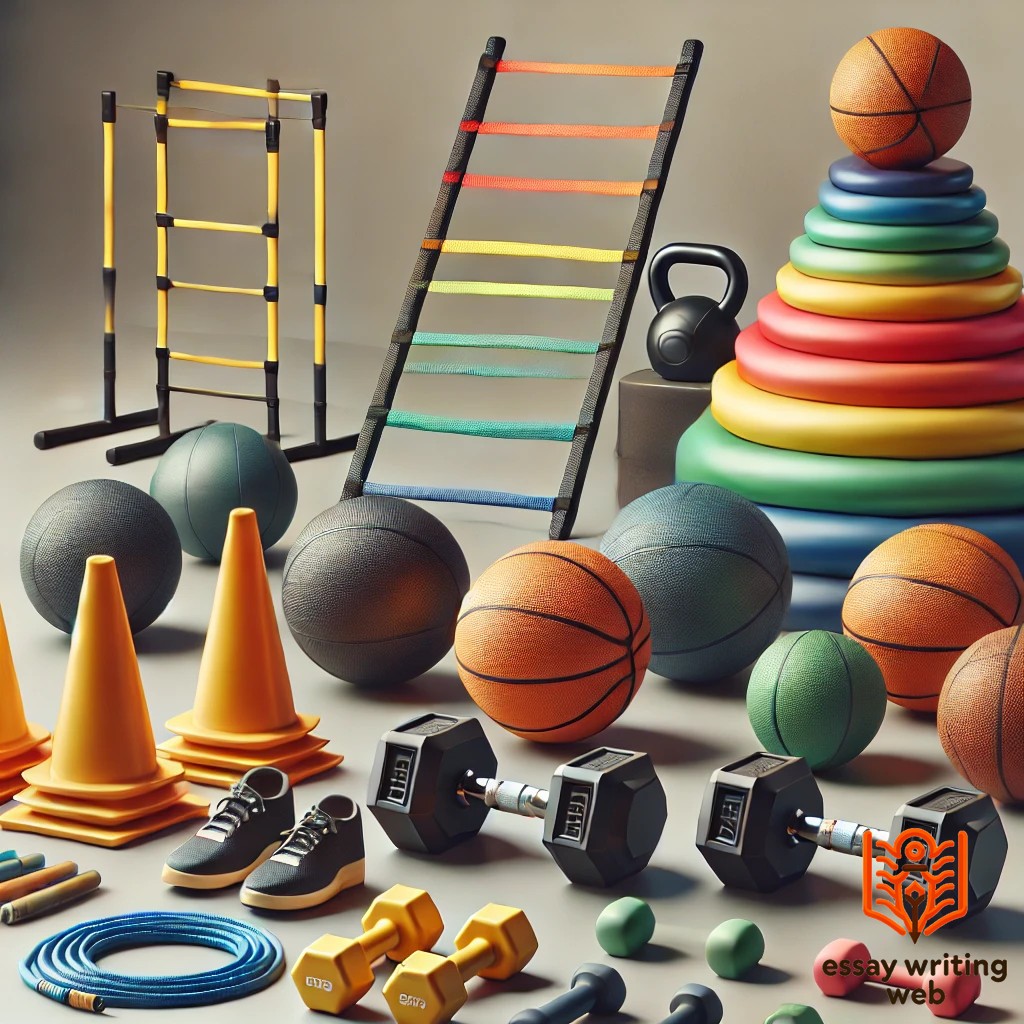
Beyond match day essentials, training equipment plays a key role in preparing players. This includes cones for dribbling drills, agility ladders for footwork, and resistance bands for strength training. Additionally, coaches often use tactics boards to plan and communicate strategies to players.
A hat-trick occurs when a player scores three goals in a single match. Achieving a hat-trick is a significant accomplishment and is often celebrated with special recognition. The term originated from cricket but has become synonymous with football success.
A through ball is a type of pass that is played between or behind the opposing defenders, intended to set up an attacking player with a clear path to the goal. It requires precise timing and accuracy, as well as an understanding between the passer and the receiver.
An assist is credited to a player who passes or sets up the ball for a teammate to score a goal. Assists are crucial in football as they highlight the importance of teamwork and creative playmaking.
A nutmeg is a skillful move where a player passes the ball through an opponent's legs and then retrieves it on the other side. It is often seen as an embarrassing moment for the defender and a moment of brilliance for the attacker.
A clean tackle refers to a defensive move where a player successfully takes the ball away from an opponent without committing a foul. Clean tackles are essential for breaking up attacks and are highly valued for their precision and timing.
A counter-attack is a quick transition from defense to offense, usually after the opposing team has committed players forward. It is a strategy that relies on speed and catching the opponent off guard, often leading to high-scoring opportunities.
A set piece refers to any situation where the ball is restarted after a stoppage in play, such as a free kick, corner kick, or throw-in. Set pieces are critical in football as they often create scoring chances, and teams frequently practice specific routines to capitalize on them.
The sweeper is a defensive player positioned behind the main line of defense. The sweeper's role is to clean up any loose balls that get past the defenders, acting as a last line of defense before the goalkeeper. While less common in modern football, the sweeper was a key position in many defensive strategies.
"Off the ball" refers to the movement and actions of players when they do not have possession of the ball. Effective off-the-ball movement is crucial for creating space, drawing defenders away, and setting up scoring opportunities.
Marking is the act of closely watching and defending an opponent to prevent them from receiving the ball or making a play. There are two main types of marking: man-to-man, where a defender follows a specific player, and zonal, where defenders cover specific areas of the pitch.
A volley is a technique where a player strikes the ball while it is still in the air, before it touches the ground. Volleys are challenging to execute and often result in spectacular goals, as they require excellent timing and technique.
A backheel is a passing or shooting technique where a player uses the heel of their foot to flick the ball backward. It is a creative and often unexpected move that can surprise opponents and create opportunities in tight situations.
An overlap occurs when a player, typically a full-back, makes a forward run on the outside of a teammate who has the ball, providing an additional attacking option. Overlapping runs are a common tactic to stretch defenses and create crossing opportunities.
"Parking the bus" is a colloquial term used to describe a team that plays with an extremely defensive approach, often placing many players behind the ball to protect a lead or secure a draw. This strategy is usually employed by underdog teams against stronger opponents.
The six-yard box is the small area directly in front of the goal, within the penalty area. It is the area from which goal kicks are taken, and it is often a focal point during set pieces, as many goals are scored from close-range opportunities in this zone.
A Panenka is a type of penalty kick where the player gently chips the ball into the center of the goal, often after the goalkeeper has dived to one side. Named after Czech player Antonín Panenka, who first used the technique in the 1976 European Championship final, it is a risky but stylish move.
Gegenpressing, or "counter-pressing," is a tactical approach where a team immediately presses the opponent to win back possession after losing the ball. Popularized by German coaches like Jürgen Klopp, it requires high energy and coordination, often leading to quick counter-attacks.
The playmaker is a key creative player, often positioned in midfield, who orchestrates the team's attacking play. Playmakers are known for their vision, passing ability, and skill in unlocking defenses with through balls and precise passes.
A false nine is a forward who plays in a deeper, more withdrawn role than a traditional striker. This tactic confuses defenders, as the false nine drops into midfield to create space for wingers or midfielders to exploit.
Also known as a bicycle kick, a scissor kick is a spectacular move where a player jumps and strikes the ball while in mid-air, with both legs moving in a scissor-like motion. It is one of the most acrobatic and difficult techniques in football.

The most common and widely recognized format, 11-a-side football is played with 11 players per team on a full-sized pitch. The game is played over two halves, typically 45 minutes each, and follows the standard rules outlined by FIFA. This format is used in professional leagues, international competitions, and most organized football matches worldwide. The focus is on team strategy, coordination, and individual skill, with a full range of positions, including goalkeepers, defenders, midfielders, and forwards.

Played with five players on each team, including a goalkeeper, 5-a-side football is a faster-paced, smaller-scale version of the traditional game. The matches are usually played on smaller, enclosed pitches, often indoors or on artificial turf. The smaller teams and confined spaces lead to quick decision-making, intense attacking, and more frequent goal-scoring opportunities. This format is popular in recreational leagues and casual play due to its accessibility and the reduced need for large numbers of players.

7-a-side football strike a balance between the full 11-a-side game and the fast-paced 5-a-side version. It is typically played on smaller pitches with fewer players, offering a more condensed but still strategic experience. The format is often used in youth leagues, training sessions, and amateur tournaments. The smaller team size promotes teamwork and close control, while still maintaining the key elements of the traditional game, such as positional play and tactical setups.
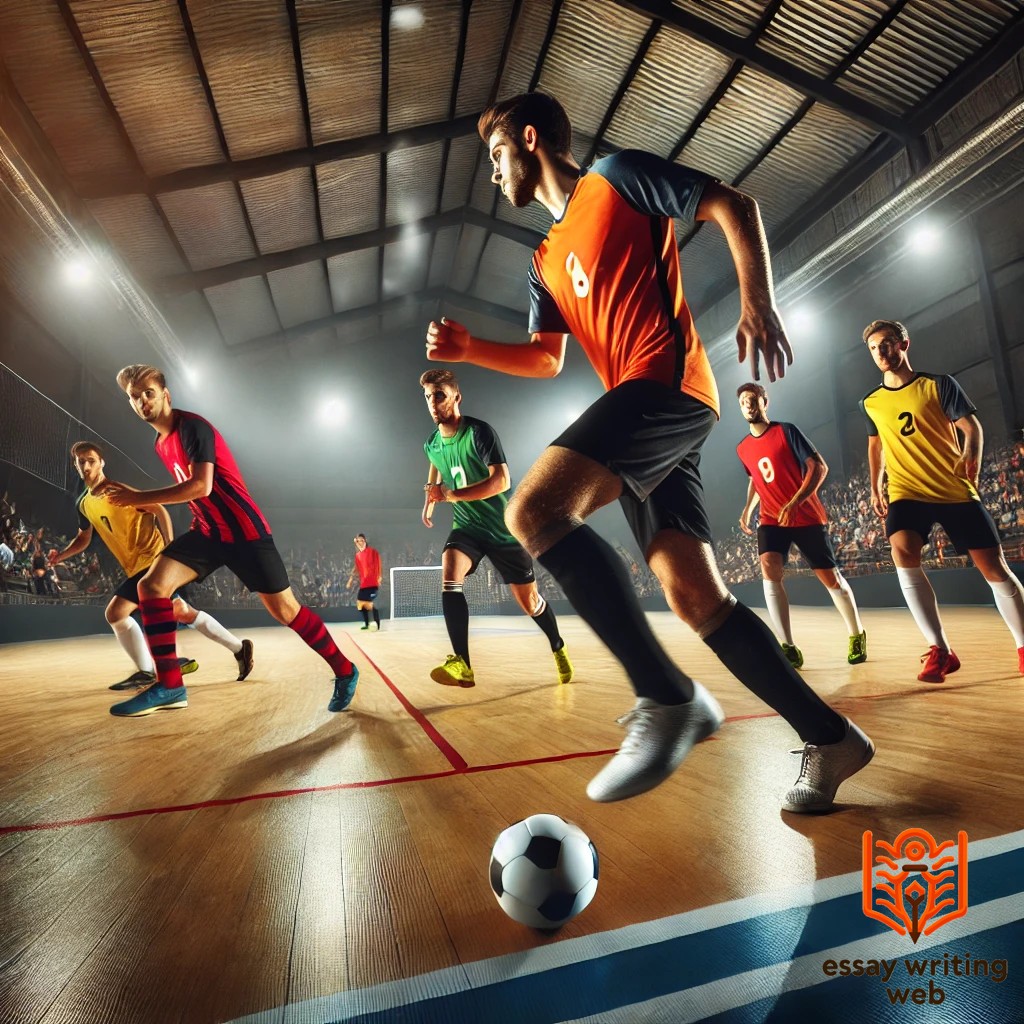
Futsal is a form of indoor football played with five players on each team, using a smaller, heavier ball designed to stay low to the ground. The game is played on a hard court, without walls, emphasizing ball control, skillful dribbling, and quick passing. Futsal matches are usually 20 minutes per half, and the sport is recognized by FIFA, with its own world championship. Originating in South America, futsal has produced many great players, including those who later transitioned to traditional football. It is known for developing technical skills and creativity due to the fast pace and limited space.
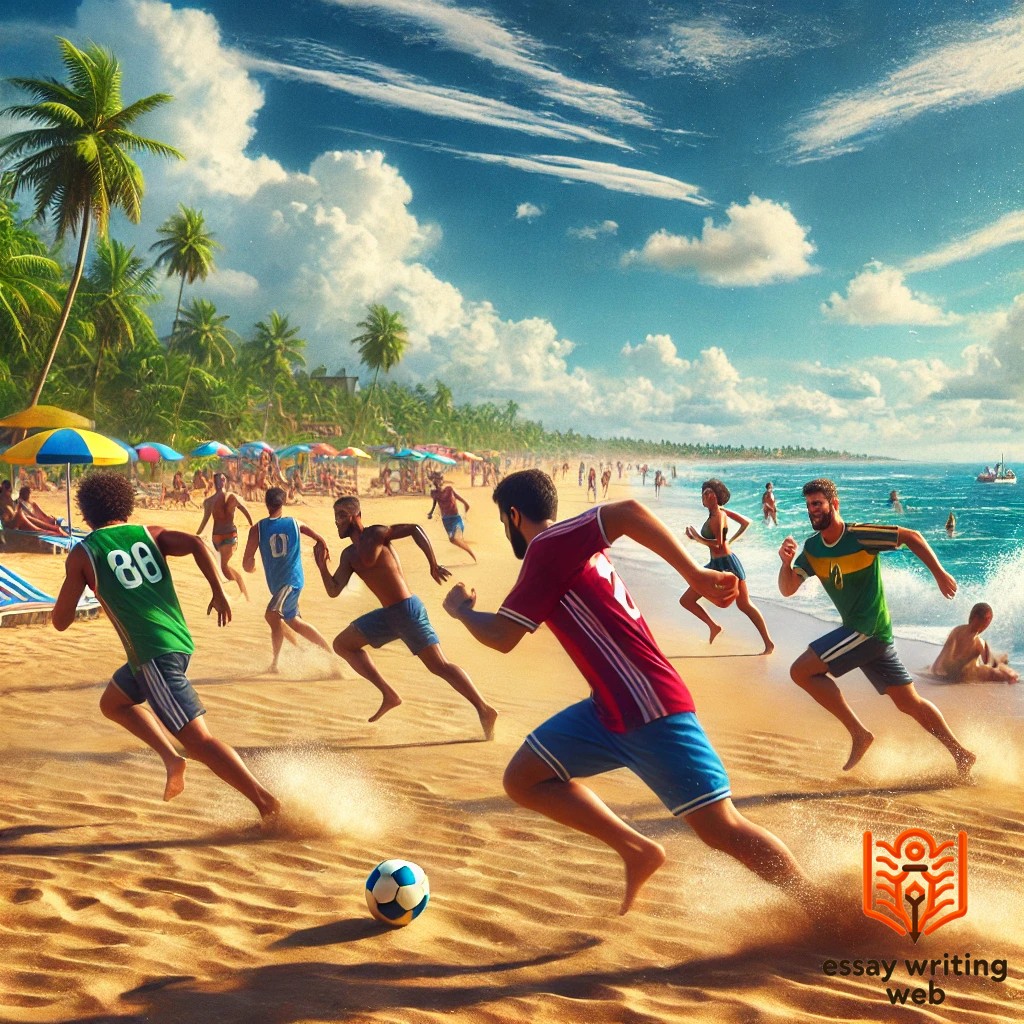
Beach soccer is a vibrant and high-scoring variation of football played on sand. Each team consists of five players, including a goalkeeper, and the matches are typically shorter, with three 12-minute periods. The soft surface of the sand makes running and ball control more difficult, leading to a game that emphasizes aerial play, acrobatics, and improvisation. Beach soccer is popular in coastal regions and has its own international competitions, such as the FIFA Beach Soccer World Cup.
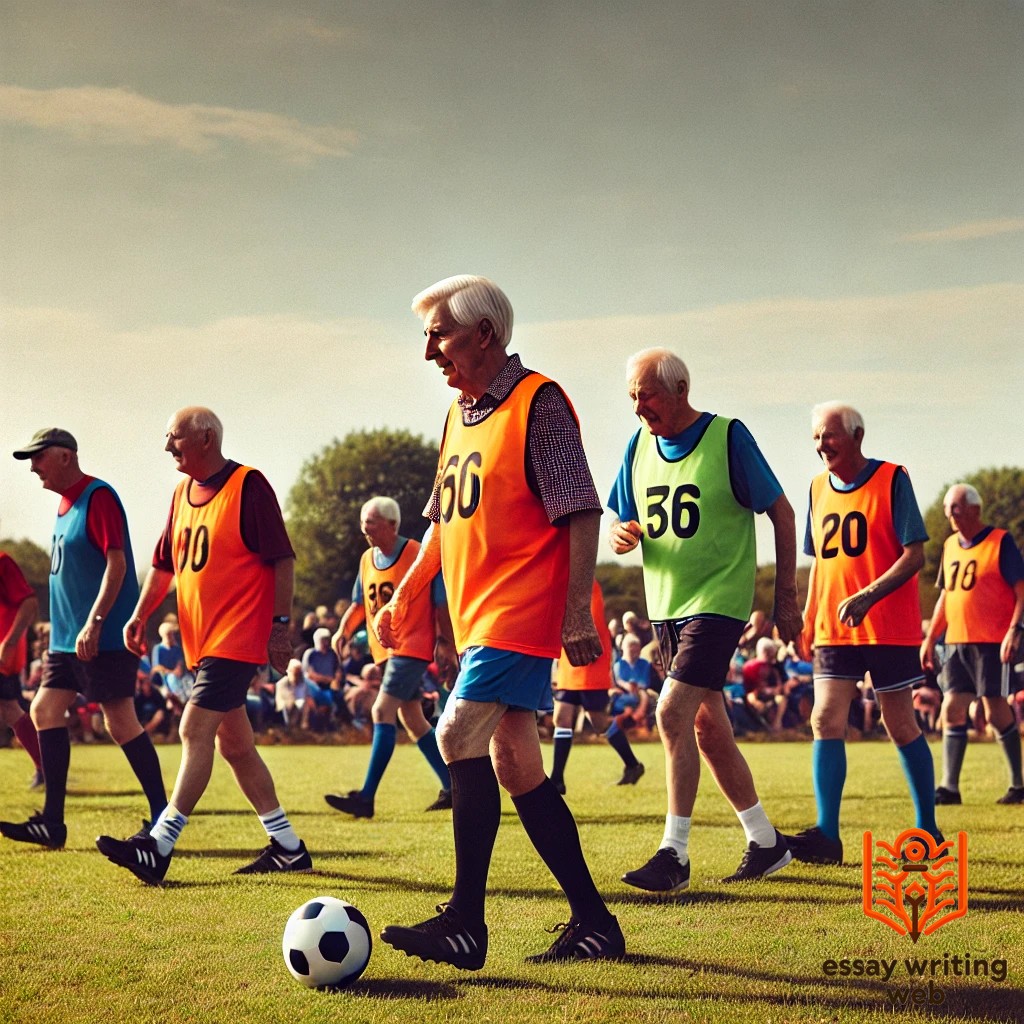
Walking football is a slower-paced version of the game designed primarily for older adults or people with mobility issues. In walking football, running is not allowed, and the game is played with either five or seven players per team. The focus is on skill, positioning, and tactical play, making it a low-impact but enjoyable format that allows people to stay active and social while enjoying the sport.
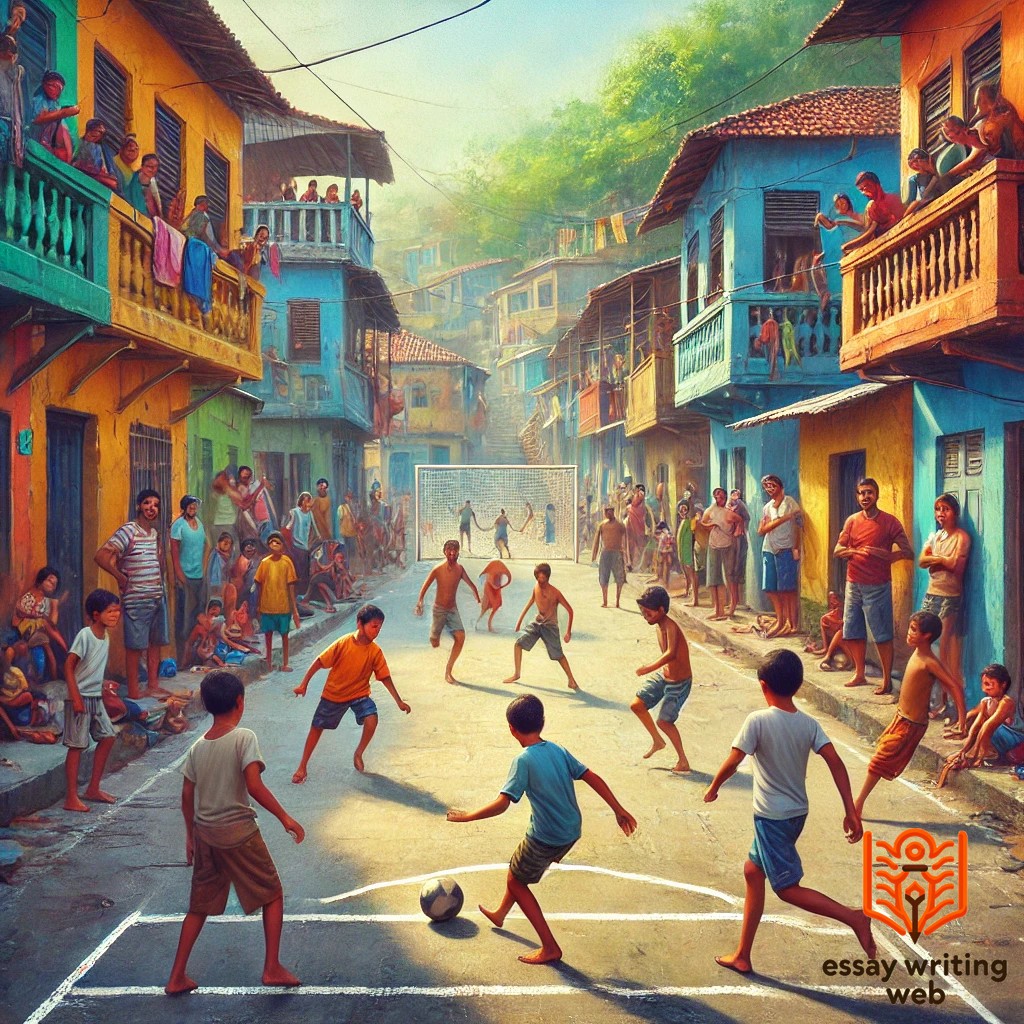
Street football, also known as "Pickup Football," is an informal, unstructured version of the game often played in urban environments. There are no standardized rules, team sizes, or pitch dimensions, and the game is typically played wherever space allows. This format encourages creativity, improvisation, and flair, as players rely on technical skills rather than strict tactics or formations. Street football has been the breeding ground for many professional players who developed their talents in informal settings.
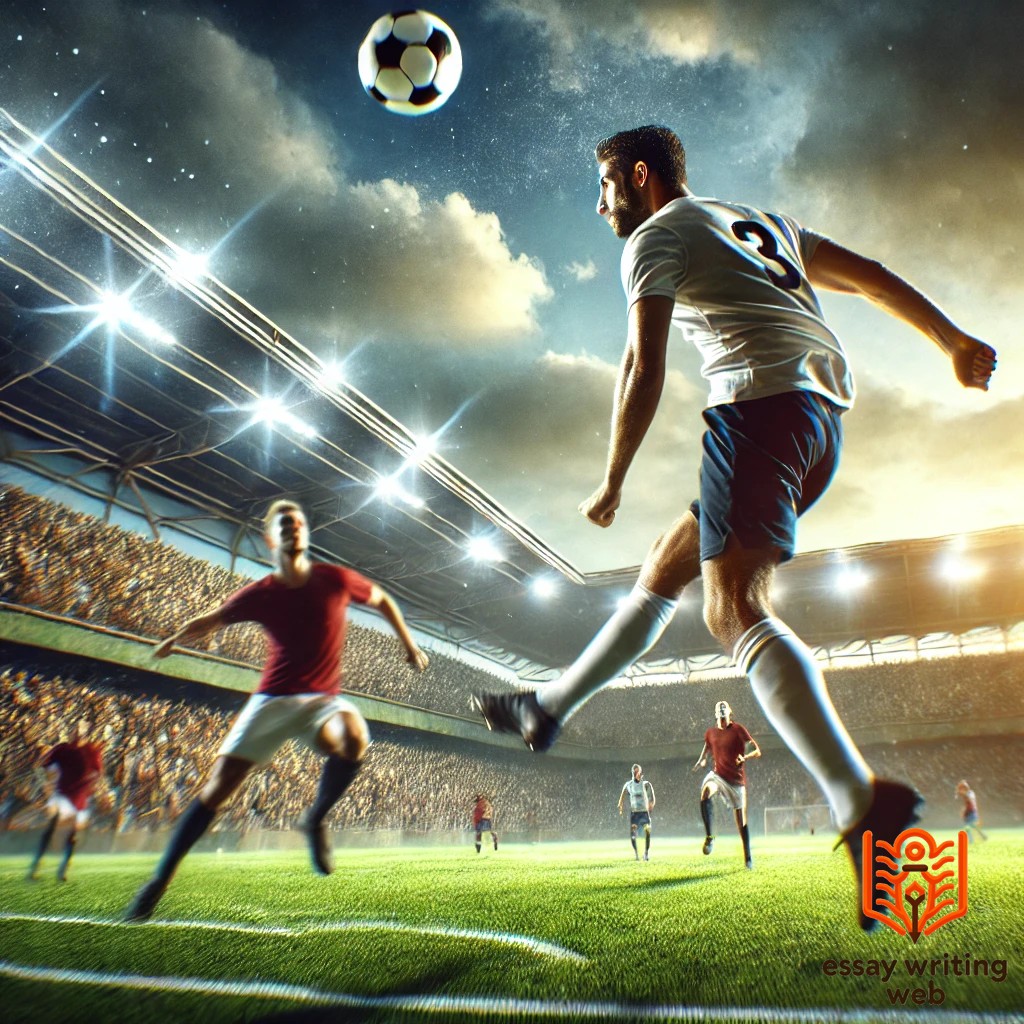
Headers and Volleys is a casual variation of football, typically played in informal settings such as playgrounds or backyards. The rules vary, but the basic idea is that players can only score goals using headers or volleys. This format emphasizes aerial control, timing, and finishing skills. It's often played with small goals and a limited number of players, making it a fun and accessible version of the game.
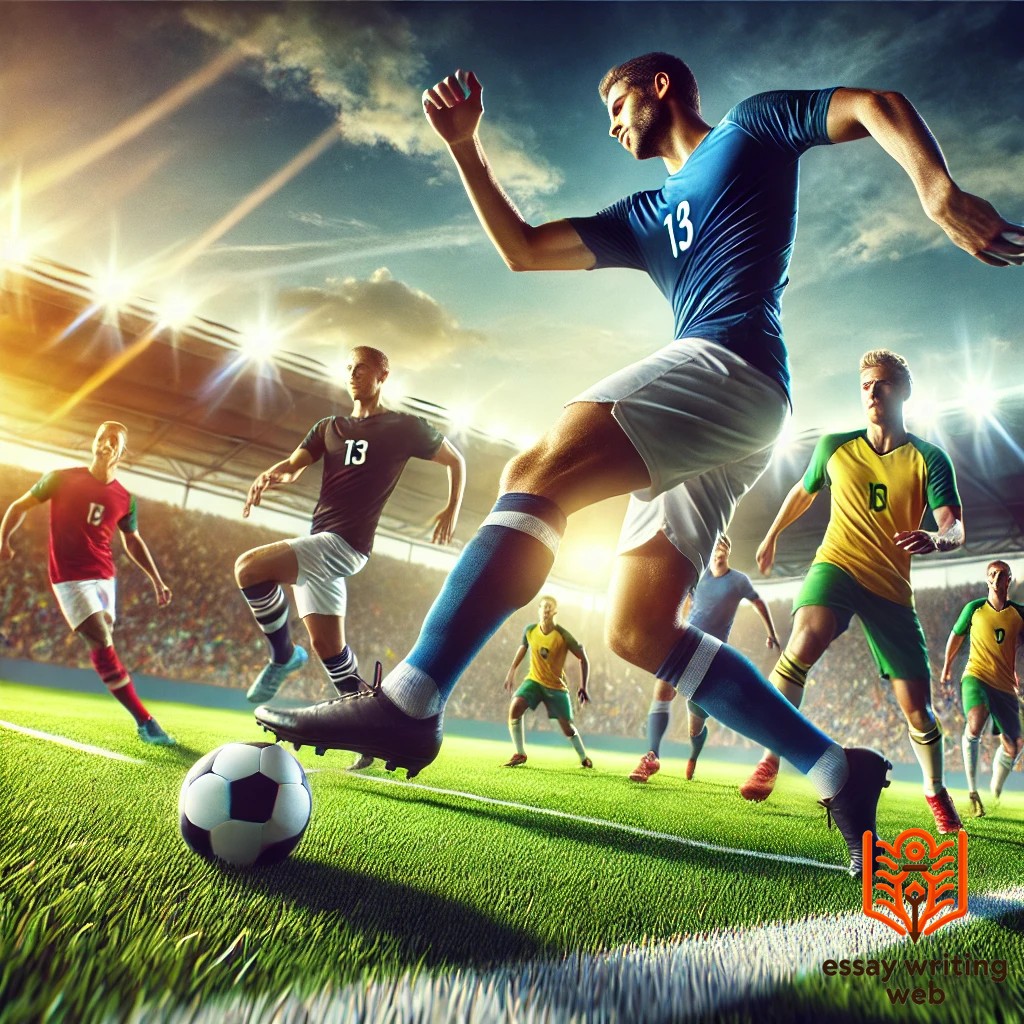
Joga Bonito, which means "play beautifully" in Portuguese, is less of a formal format and more of a philosophy of football, often associated with Brazilian street football. It emphasizes flair, skill, and creativity over rigid tactics or formations. Players focus on individual expression, using tricks, dribbles, and close ball control to outsmart their opponents. Though not an official format, Joga Bonito has influenced many modern footballers and is celebrated for its artistry.